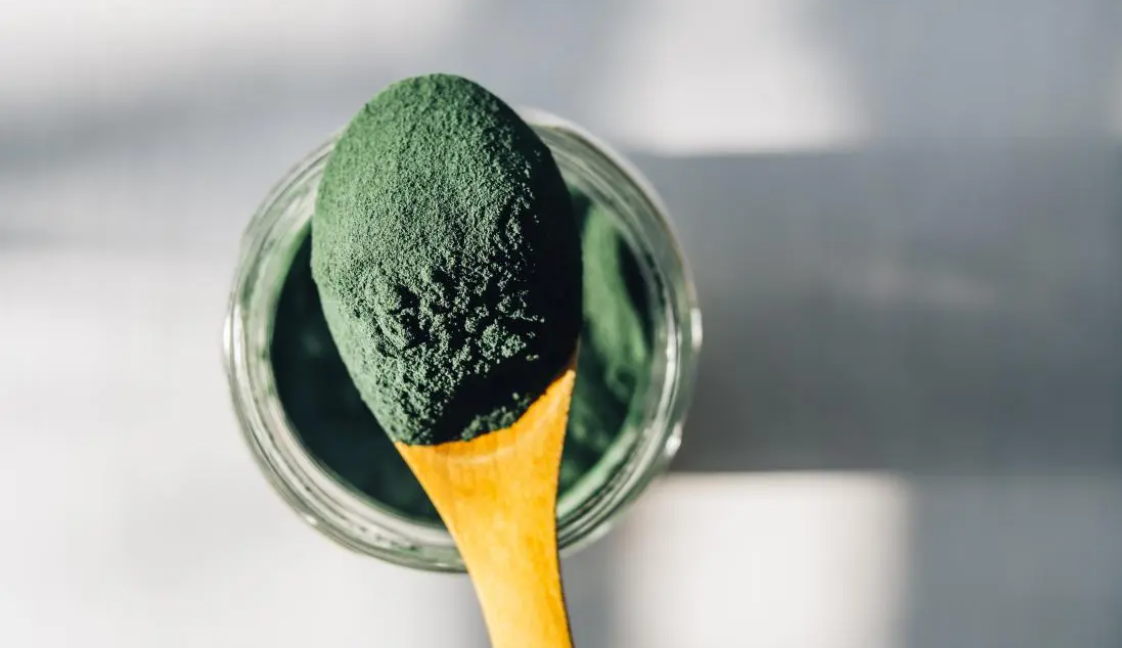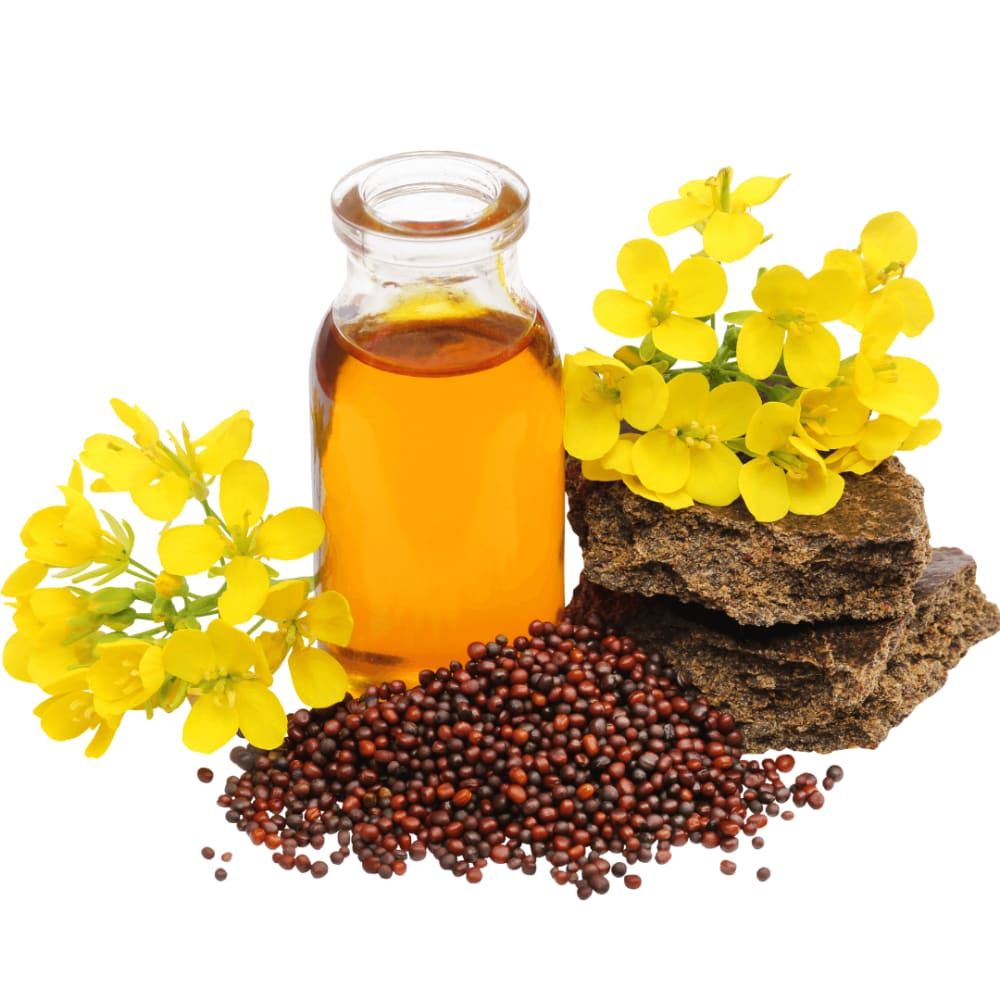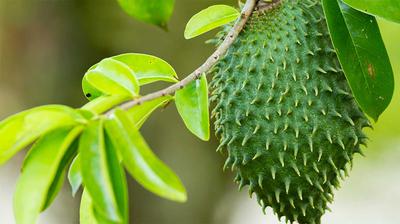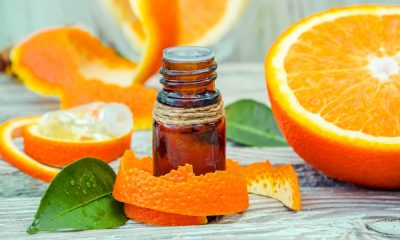Health
5 Benefits of boric acid and side effects

Discover the 5 Shocking health benefits of boric acid and side effects.
Boric acid is a mineral or chemical compound. It can be found in nature such as plants, seawater, etc. It has extensive properties that make it useful in many fields.
It can be said that it can be used as a poison for pests, at the same time to benefit the health of the skin and treat various conditions, as it is a powerful antiseptic.
We can describe it as a white powder that originates from boron; just as its name indicates.
The dissolution or mixture with water is what makes the usefulness of this mineral in agriculture, cosmetics, etc. possible. Learn about the full potential behind boric acid.
Formula: H3BO3
Molar mass: 61.83 g / mol
Density: 1.44 g / cm³
PH: 5.1
Soluble in: Water, Alcohol
IUPAC name: Boric acid, Trihydrooxideboron
Benefits of boric acid
The proven investigations of this chemical compound derived from 1940.
In those years it was possible to verify that boric acid serves as an insecticide and its properties in the field of agriculture, as well as that it serves in the field of medicine and for the conservation of wood…
It is also useful for combating wood wear. But in reality, the benefits of hydrogen borate are very wide. We will try to highlight some of the benefits.
1. It serves as an insecticide.
Its beneficial properties for the control of pests such as ants, cockroaches, fleas, among others, are fully proven.
Some make a mixture of boric acid, sugar, and water, this combination represents an excellent poison for roaches.
Remember that cockroaches are carriers of many diseases.
Therefore, boric acid can help you maintain good health for everyone at home by effectively killing these pests.
2. It is useful in the medical field.
It copes with skin conditions such as acne, fights vaginal infection (bacterial vaginosis), acute otitis, for fungus on the feet (athlete’s foot), prevents infection of minor burns.
In a diluted form and specialized products, it is used to treat eye problems. These are some of the main uses in the pharmaceutical field.
It is widely used in the form of creams, gels, and even makeup.
3. Wood preservation.
Wood that is exposed to external agents faces fungi that rot or deteriorate it.
Well, you can apply a treatment to the wood with this mineral to maintain the wood and even to combat moisture and wear.
4. It is useful in the industrial field.
Borax combined with other compounds is used for ceramic coatings, induction furnaces, to reduce oxidation of jewelry, Silly Putty manufacturing, glass, among many other uses.
5. Fight fire.
It is an excellent fire retardant, so it can be very useful in countering large fires.
It is used by professionals in case of fires that are difficult to put out.
Properties of boric acid
It has antiseptic and antifungal properties.
This shows that it is useful to prevent infection in minor burns (You should never apply the powder directly to an open wound without the presence of a professional.
There are products against burns based on this compound that are useful for these cases). Its antiseptic properties fight foot fungus.
It has been used in the pharmaceutical industry for many years as a powder to reduce the “bad smell” of feet.
It has antibacterial properties.
This makes it useful to combat vaginal problems and other conditions that result in bacteria, among which you can find suppositories based on boric acid.
You can find products based on this chemical compound that allow you to maintain good skin health.
It has insecticidal properties.
Its properties in this field make it the main source of use.
It is a great ally against insects that affect plants.
It can also be useful to eliminate mites and thus maintain health. It is very easy to use and its effectiveness is fully proven.
This mineral is beneficial for all fields:
Its properties make it widely beneficial for cosmetic health
It is a great ally to fight fungi and bacteria
Kill cockroaches and insects
It is a useful compound for industrial processing
It is an excellent fire controller and is even vital in nuclear technology.
How to use boric acid
Boracic acid or orthoboric acid is widely used. Its beneficial components have been accepted for some years.
It currently has several forms of uses, which we will indicate below:
It is used in cosmetic creams or lotions. In the cosmetic field, it is better to purchase pharmaceutical products, which greatly reduce some type of side effect.
You can find a serum for the eye contour. As well as products intended to improve the appearance of facial skin, antiseptic and astringent products.
Powders to kill insects.
Although you can find insecticides specially prepared to combat pests, you can also make one at home, the important thing is to buy boric acid powder, which is very easy to get in pharmacies.
Then, you must make a mixture with water (some make some balls) and you will have an inexpensive and effective insecticide.
Catalyst.
It is used in the ceramics, glass, and jewelry preservation industries, among other uses.
In cleaning pipes and fire retardant. It is used by professionals in these areas.
Recommendations for the use of boric acid
Although this mineral is used in the field of health, it is still a chemical compound.
Therefore, it should not be ingested. At the same time, although the boric acid solution is a great ally for the eyes, you should only use pharmaceutically tested products.
Never make homemade eye solvents, as they can cause severe irritation.
The same applies to acne skin treatments, as the skin is very delicate.
Purchase cosmetic or health products based on this dermatologically tested compound.
Advantages and disadvantages of Boric Acid
The advantages of trioxoboric acid; as it is also known, they are very spacious.
For this reason, we have proposed to make a summary of some advantages of using it.
Of course, we also want to point out some disadvantages of inappropriate use.
Advantage
It frees you from annoying insects, as it is a powerful poison for ants, termites, and even cockroaches.
It is useful to combat foot fungus
It can be your ally for wood
It can help you maintain the elasticity and good health of your skin by purchasing products with this substance as a component. Boric alcohol is used for acne.
Disadvantages
It should never be ingested, in case of poisoning, it can cause vomiting and diarrhea.
If the amount of consumption is very high, it can be very toxic to the body or even fatal.
It is a chemical that cannot be obtained today unless it is composed of a manufactured product
Health
Dangers and side effects of spirulina

Table of Contents
Health
5 health benefits of bananas for men

Table of Contents
Discover the 5 amazing health benefits of bananas for men.
Bananas have various male health benefits. They can be used effectively to fight against constipation, help protect the kidneys and more.
Bananas are rich in nutrients, including vitamins (A, C, and B6), minerals (potassium, magnesium, folate, riboflavin, niacin, thiamin, and iron), protein, carbohydrates, fat, and fiber.
<img class=”i-amphtml-intrinsic-sizer” style=”box-sizing: border-box; max-width: 100%; display: block !important;” role=”presentation” src=”data:;base64,” alt=”” aria-hidden=”true” /><img class=”i-amphtml-intrinsic-sizer” style=”box-sizing: border-box; max-width: 100%; display: block !important;” role=”presentation” src=”data:;base64,” alt=”” aria-hidden=”true” />
Due to their high nutritional content, bananas exhibit several benefits when consumed, especially for men.
1. Heart and nervous system
The high potassium content in bananas helps protect the heart and nervous system.
It also helps in muscle contraction.
Therefore, bananas are good for the heart, digestive system, and other muscles in the body.
That is why it is recommended to eat a banana before or after exercise.
Potassium also helps keep the heart rate at a normal rate.
Potassium and low sodium help keep blood pressure low.
2. Bananas for kidney and bones
The high potassium content of bananas also contributes to healthy kidney function and bone development.
This is because potassium retains the loss of calcium in the urine, which allows the body to absorb more minerals and thus strengthen the bones.
3. Bananas for blood and immune system
The high content of vitamin B6 supplies blood haemoglobin and maintains healthy blood sugar levels for the body by converting carbohydrates into glucose.
Vitamin B6 also helps the body make antibodies, which are used by the immune system to fight disease.
4. Bananas to improve mood
Bananas contain an amino acid called tryptophan, which is converted into serotonin in the body.
It maintains a positive mood and helps fight depression.
During stress, the body consumes potassium.
Because a banana contains around 400 milligrams of potassium, eating one a day can help you stay healthy during times of stress.
5. Bananas for weight management
The fibers present in bananas can help maintain regular bowel movements.
They can also help you feel fuller longer after eating.
We hope the article “5 health benefits of bananas for men” was of help to you.
Health
8 Benefits of mustard oil and side effects

Table of Contents
-

 Benefits4 months ago
Benefits4 months agoThe Benefits of Joining Gym Lumolog – Improve Your Fitness & Health
-

 Food1 year ago
Food1 year ago10 + Benefits of carrot juice and side effects
-

 Health1 year ago
Health1 year ago50 Super Healthy (And Very Often Cheap) Foods
-

 Health1 year ago
Health1 year ago5 Shocking health benefits of kinkeliba and side effects
-

 Food1 year ago
Food1 year ago8 shocking benefits of leek juice and side effects
-

 Health1 year ago
Health1 year ago15 health benefits of soursop leaves tea and side effects
-

 Health1 year ago
Health1 year ago15 Benefits of lipton tea and side effects
-

 Health1 year ago
Health1 year agoBenefits of guava leaves Sensually












